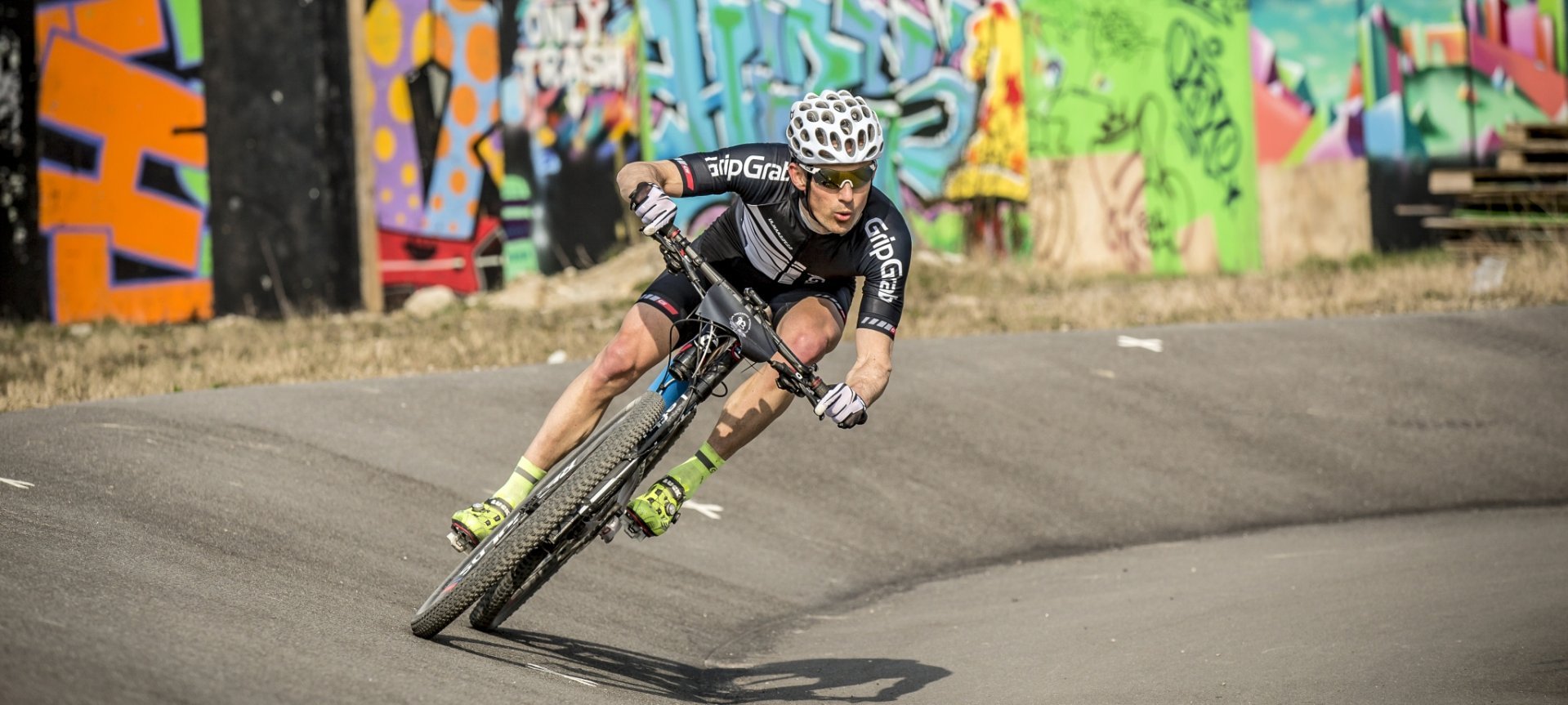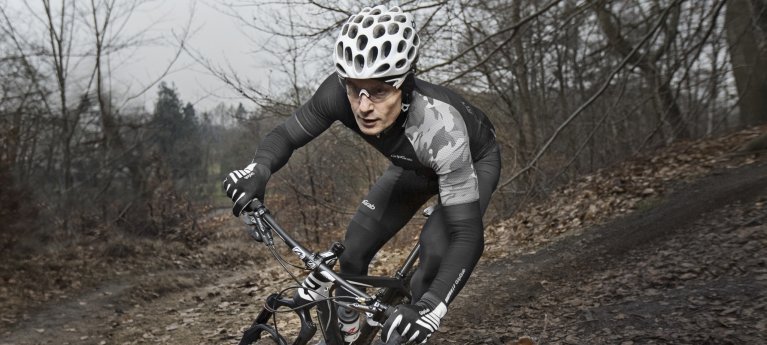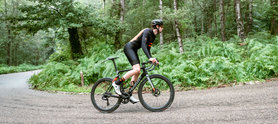What makes a good winter glove?
While researching this year's Winter Glove Campaign, we interviewed Kristian Krøyer, the R&D director of accessories specialist GripGrab from Denmark.
The company GripGrab has made it their mission to ‘get you out there’! They put great attention to detail in every single model of their product range. Here are the questions we asked when we set out to learn more about winter gloves for cycling.
Why are fingers so temperature sensitive?
Our hands serve a function in regulating body temperature. When hands are exposed to cold the blood vessels react by reducing the volume of blood that flows to the hands. Instead, the blood is send to the torso and body core. This is probably a mechanism that has evolved in order to preserve heat and ultimately improve the chance of survival in a cold environment. The immediate result of the reduced blood flow is a rapid decrease in hand and foot temperature to a level approaching that of the ambient environment. The result, as most cyclists have experienced on their own, is cold hands which leads to a reduced sense of touch and ability to use the hands for things like breaking, shifting gears or unwrapping an energy bar.

Kristian Krøyer’s passion for cycling fuels his designs.
What are the three most important factors to consider when buying gloves?
Temperature. First of all, it is important to know in which temperature range you will be riding. The amount of insulation should be in line with the temperature range, so that you do not end up with hands that are too cold or too hot.
Riding intensity and duration. Riding intensity will influence how much insulation you are going to need at a given temperature. During a race or interval you typically ride at a higher intensity and so generate more heat than on a training ride. During a race you might also be willing to sacrifice a bit of comfort for control and aerodynamics.
Weather conditions. There is a big difference in riding in wet and dry conditions. Gloves that are water repellent are great for riding in dry conditions and light showers, but these will get soaked in pouring rain. Look for waterproof gloves with a membrane to keep hands dry in rainy conditions. Alternatively, use a neoprene glove to keep your hands warm even when it gets wet.
The width of the palm is mostly used as reference to determine the right size of gloves. Is there anything else I need to keep in mind?
We have made our size guide based on both the circumference around the palm, so related to the width of the palm, and the total length of the hand. It is important to keep both dimensions in mind and pick a glove that is not too small in either dimension. Especially for winter gloves, it is better to select a glove that is slightly on the larger size than one that is too small. Restricting blood circulation to the hands by using gloves that are too small will leave you with cold hands.
Is it important to keep a bit of space at the fingertips in order to create an isolating layer of air?
Yes, but not too much. Otherwise it will compromise your dexterity. It is important that there is a bit of space to create the isolating layer of air, not only at the fingertips, but in the whole glove.
Does a glove have to fit super tight or does it need to have a space for an insulating layer of air at the finger tips?
For the sake of dexterity you do want to have a snug fit that allows for a good feel with the handlebars and control of shifters and brake levers. For a summer glove it is more favourable to have a super tight fit to get that second skin feel. Ideally, a winter glove does not sit too tight, but allows enough space for a small layer of air to create an isolating layer around the hand. A glove that sits too tight will compromise blood circulation and leave you with cold hands.
Which glove do you recommend for which weather?
It is difficult to recommend specific gloves, because it also depends on conditions such as temperature and riding intensity. During fall and transitional weather I would like to highlight Primavera Merino. Merino properties help to stay comfortable during varying temperatures.
Windster Hi-Vis could be a good bet for an all-round glove for dry winter days with temperatures above 0 degrees Celsius. The hi-vis adds extra safety by improving your visibility in low light conditions.
For longer rides in rainy conditions the Neoprene can be recommended. Your hands will get wet, but the neoprene material helps to keep the warmth trapped and thereby your hands at a comfortable temperature.
The ultimate winter glove, however, is Optimus. This glove has an OutDry membrane to provide full wind and waterproof protection while still being highly breathable. So it will keep your hands comfortable in all weather conditions during cold winter days, even when the temperature drops below zero.
How do you recommend to dry gloves that have become wet?
Letting the gloves hang dry at room temperature is the best way. Normally, it is not recommended to dry gloves on a hot radiator, but since our gloves are not made from tanned material they may also be dried on a towel heater. If you are in a hurry most of our gloves can also be tumble dried at low temperature, although from an environmental point of view this is not recommended.
Thanks for the interview Kristian!

Kristian Krøyer heads GripGrab's R&D department


































